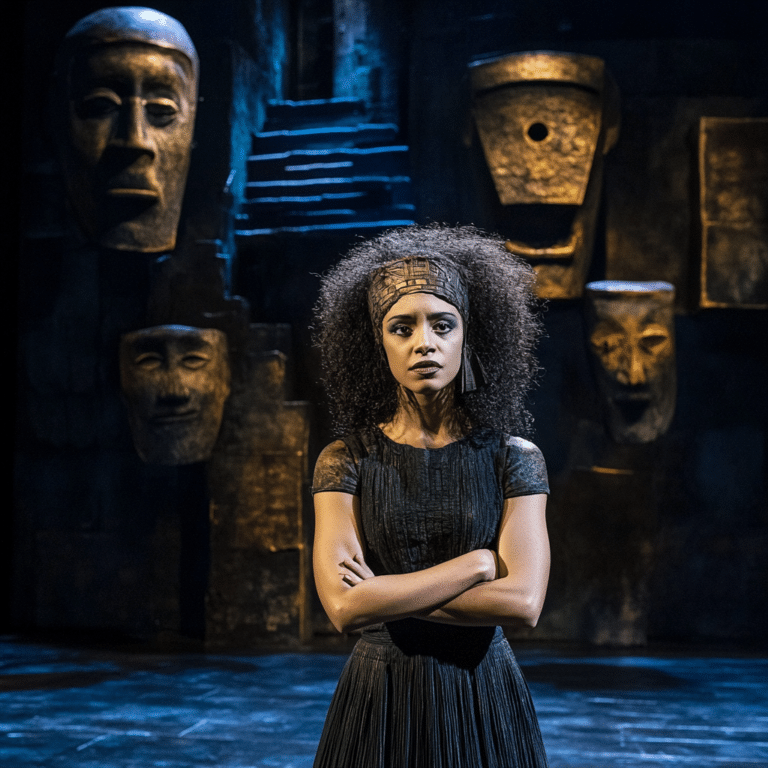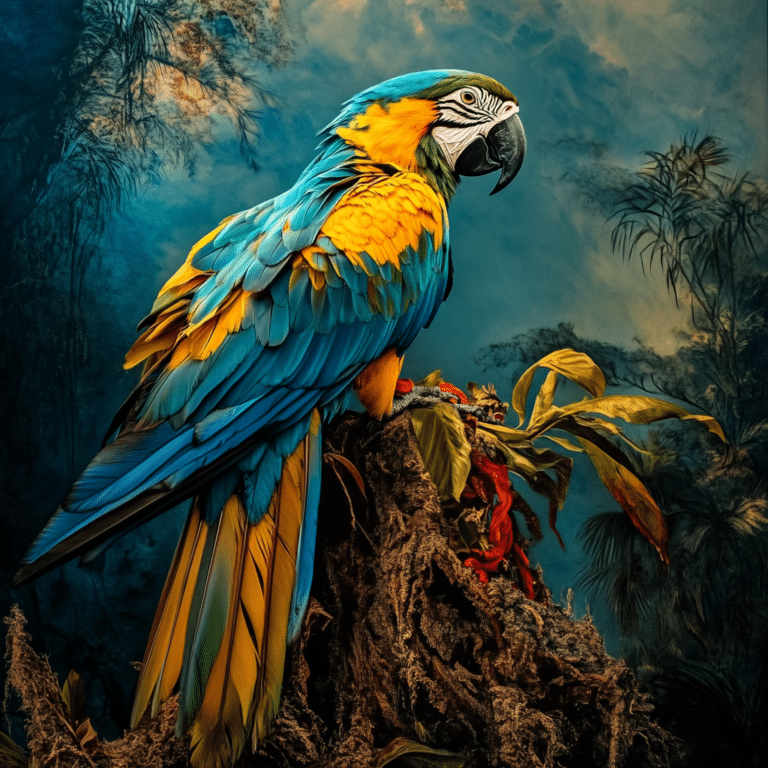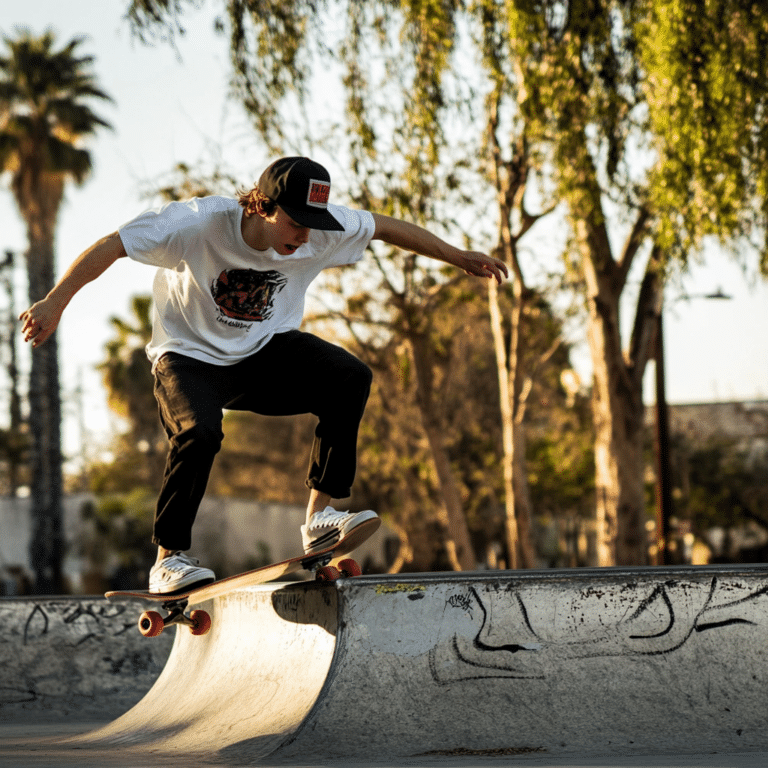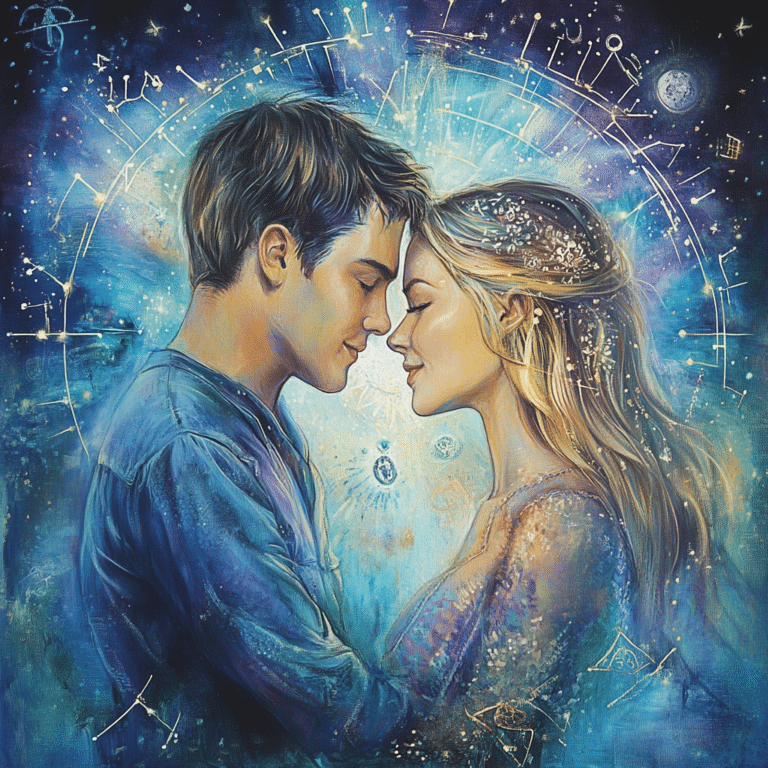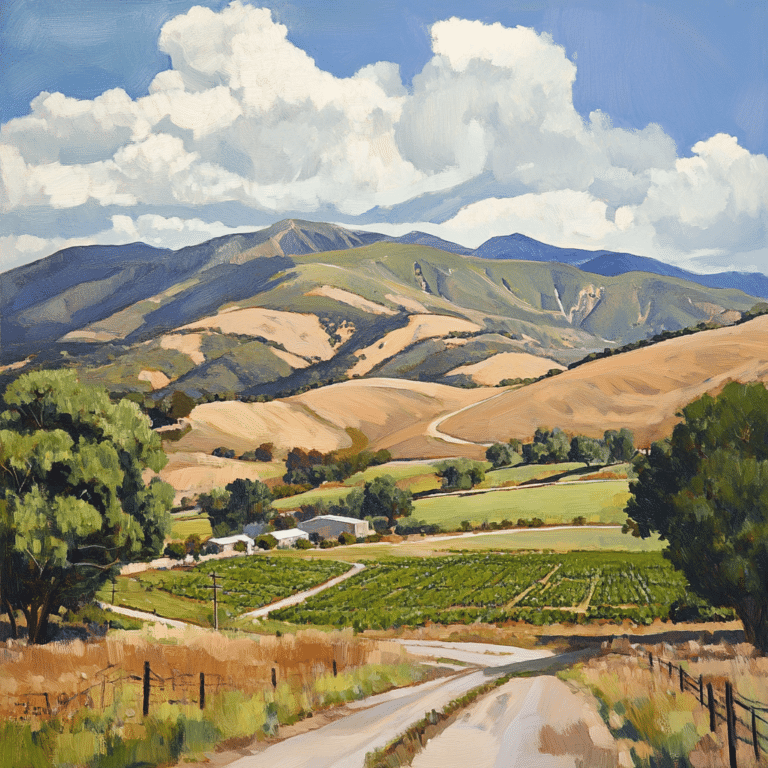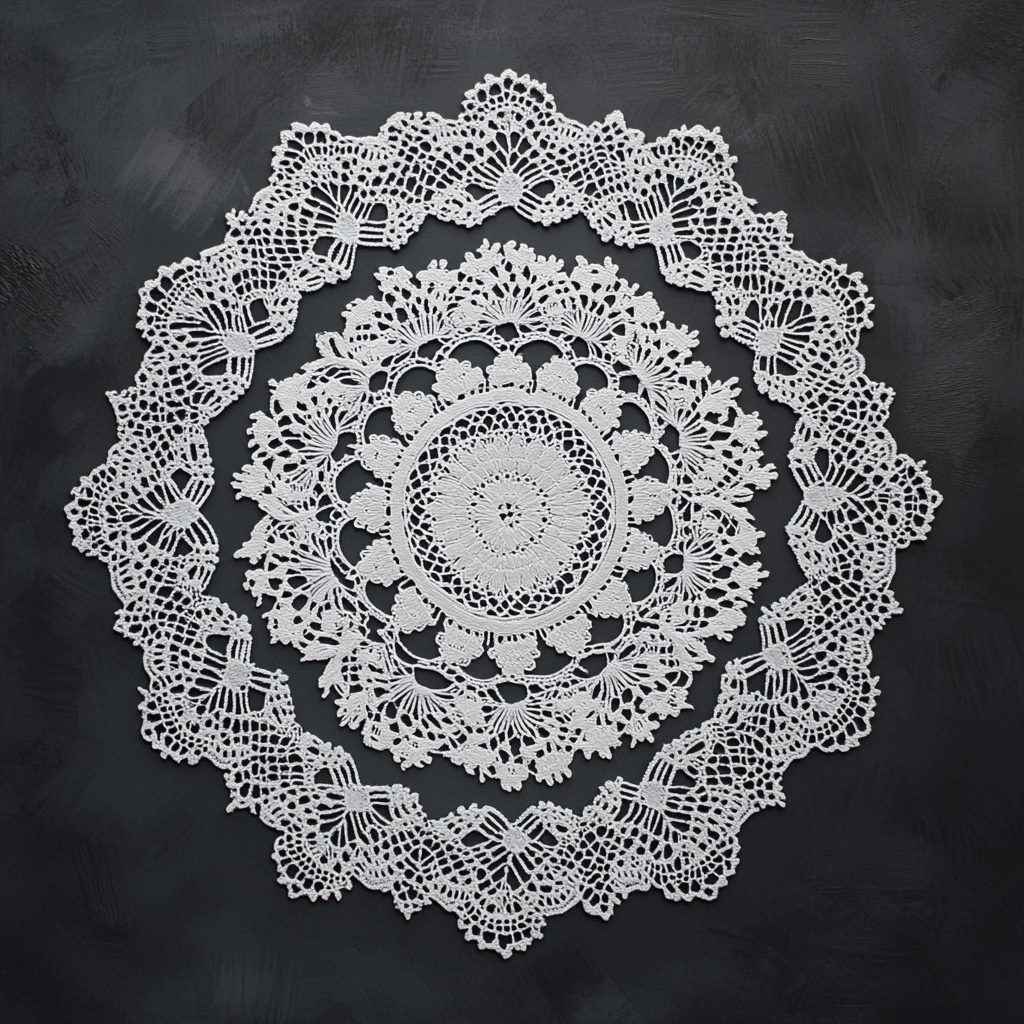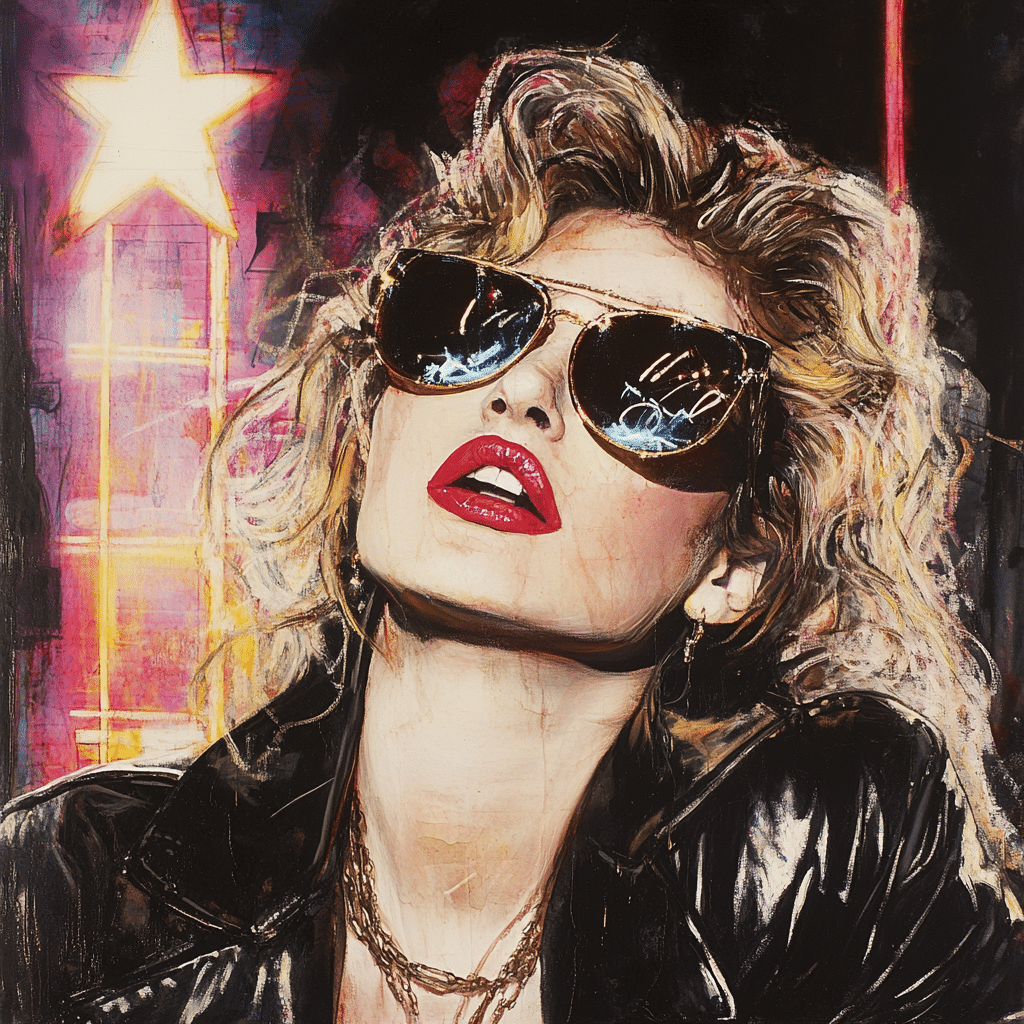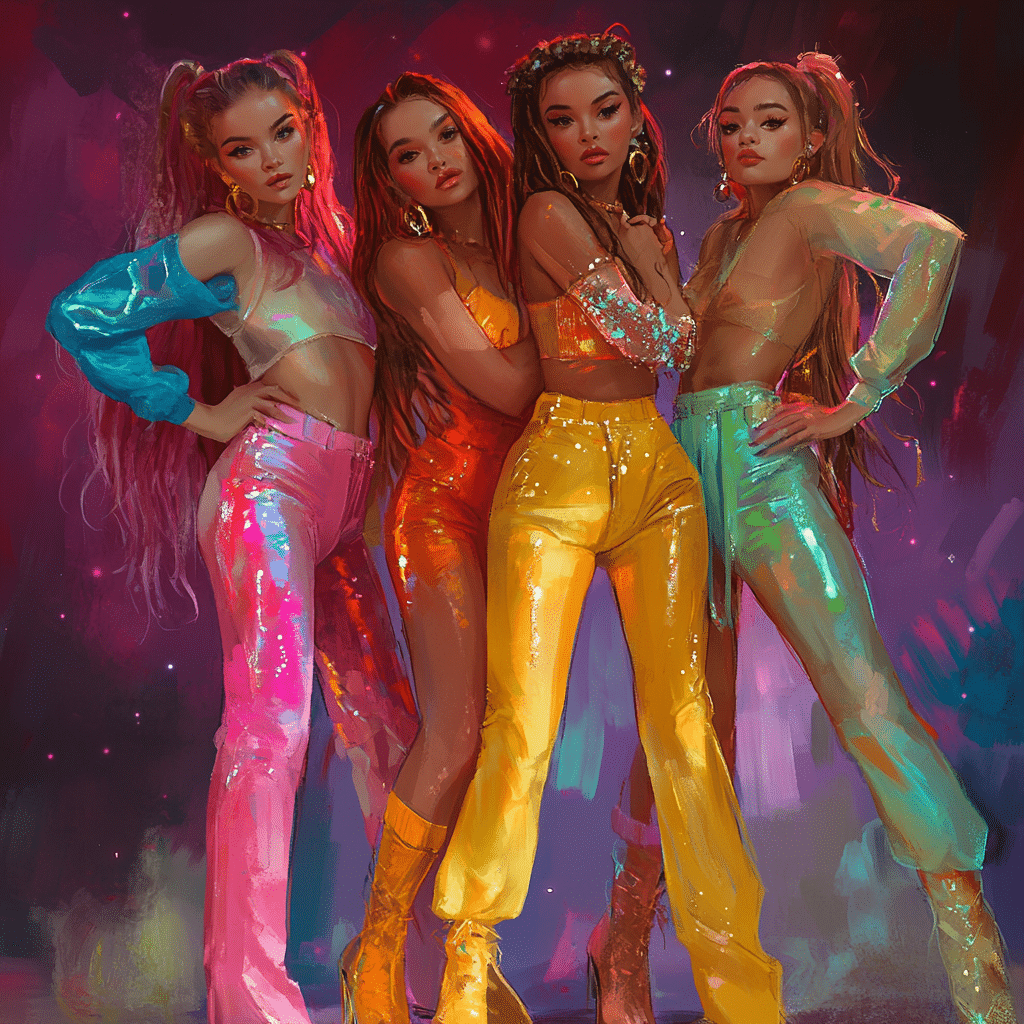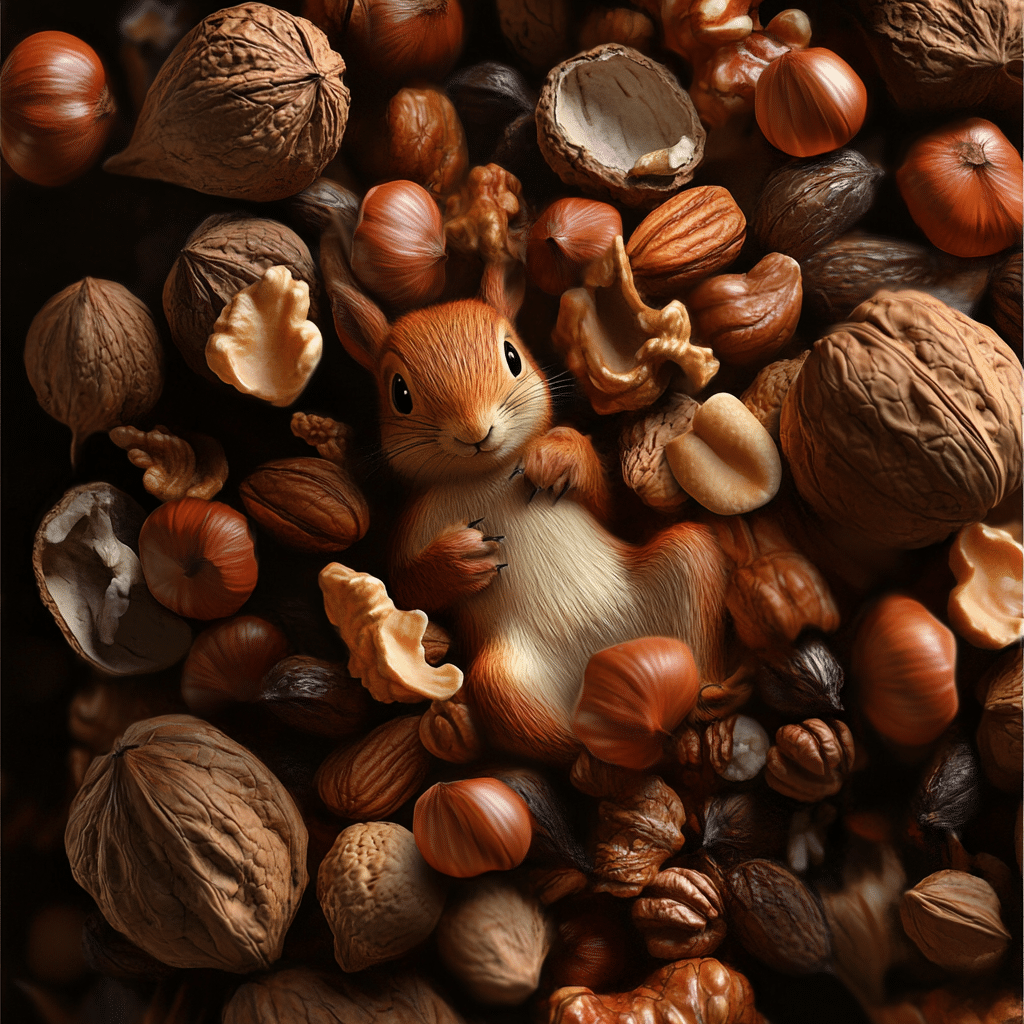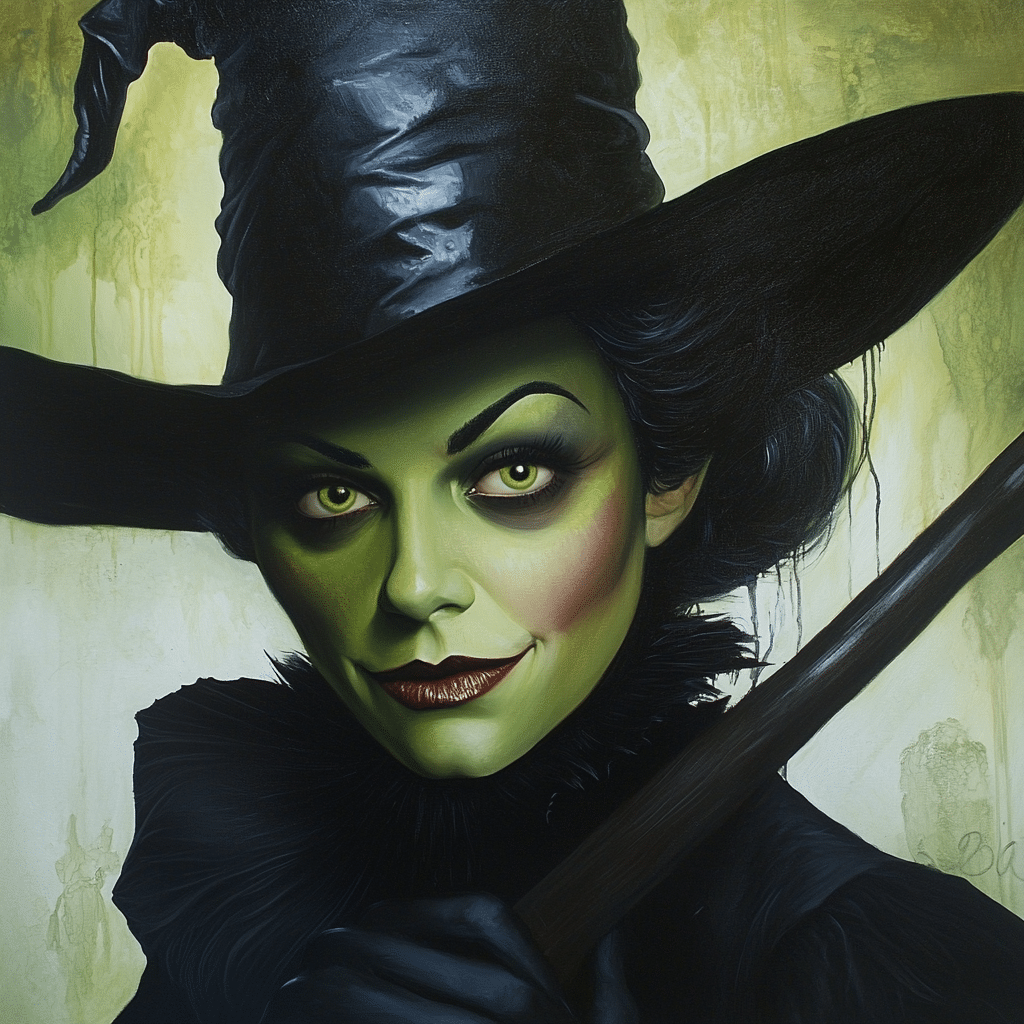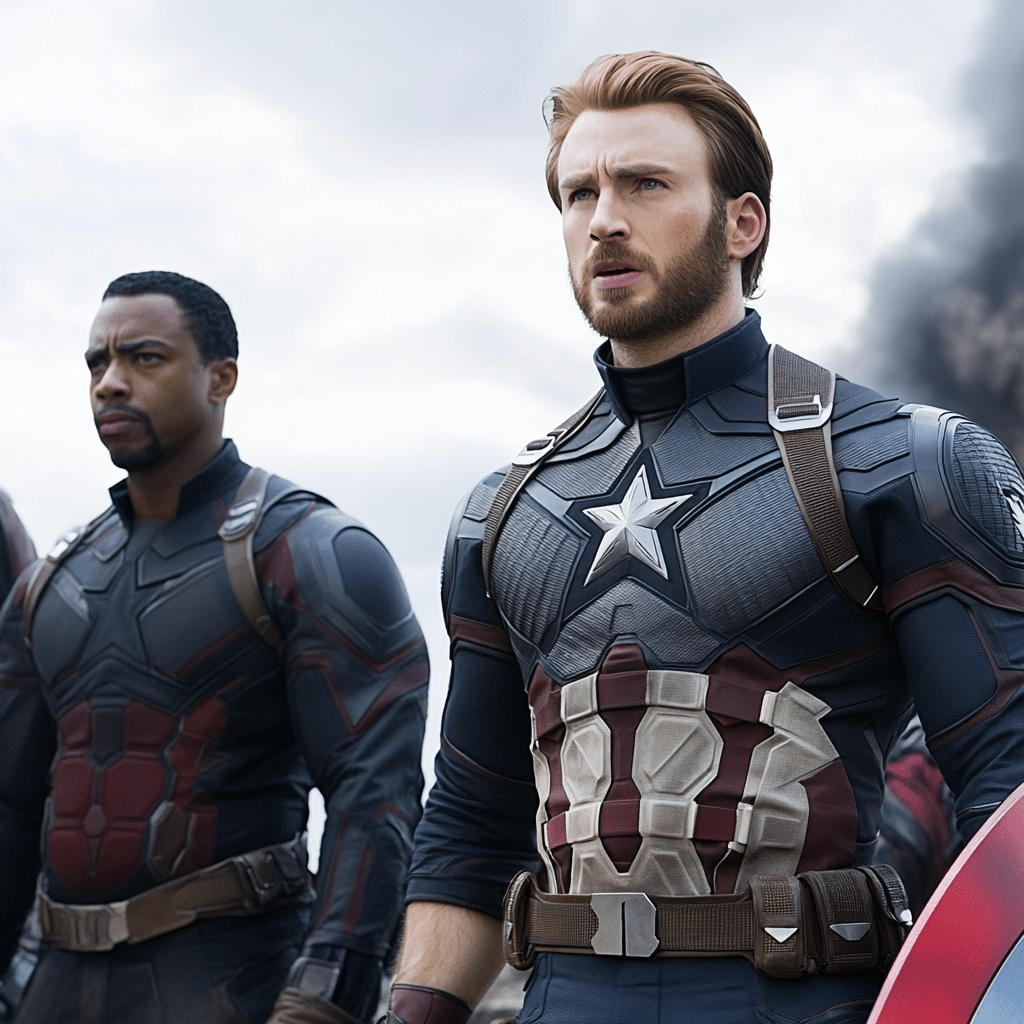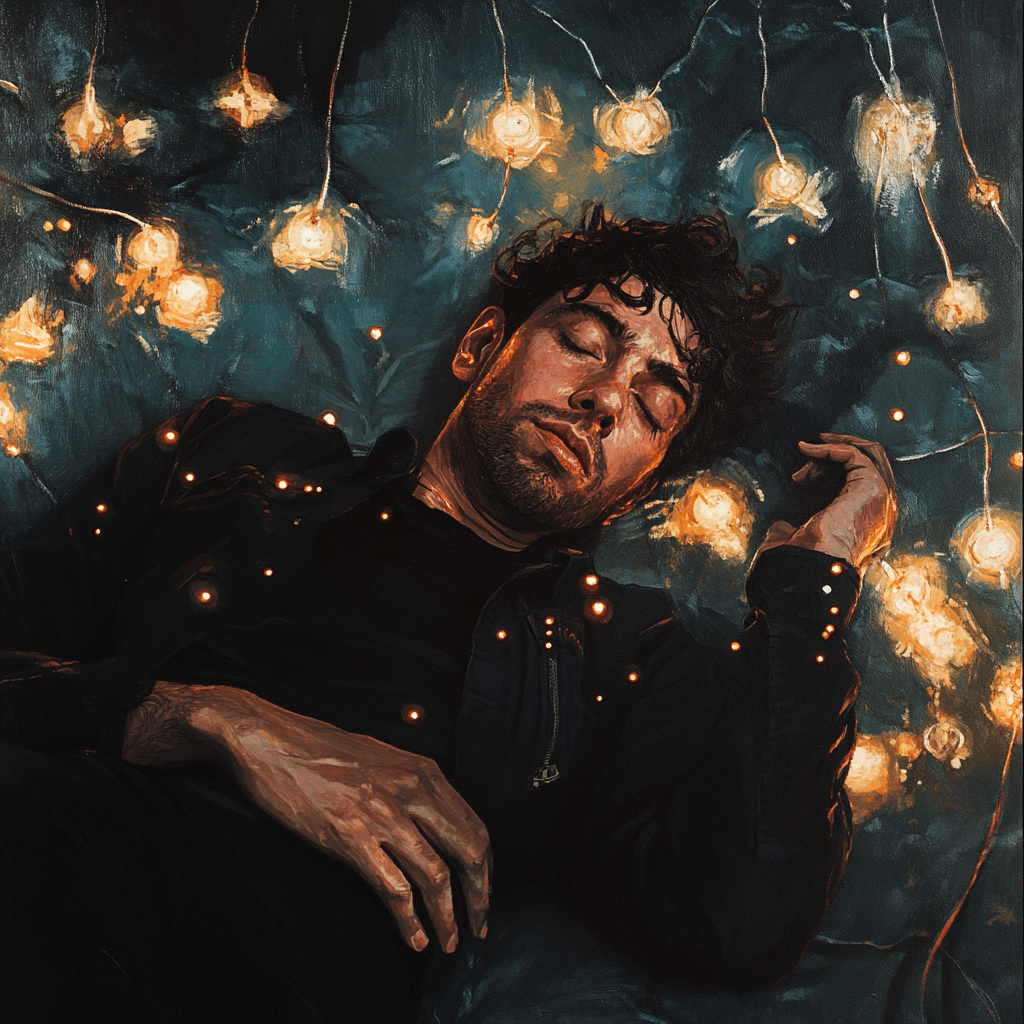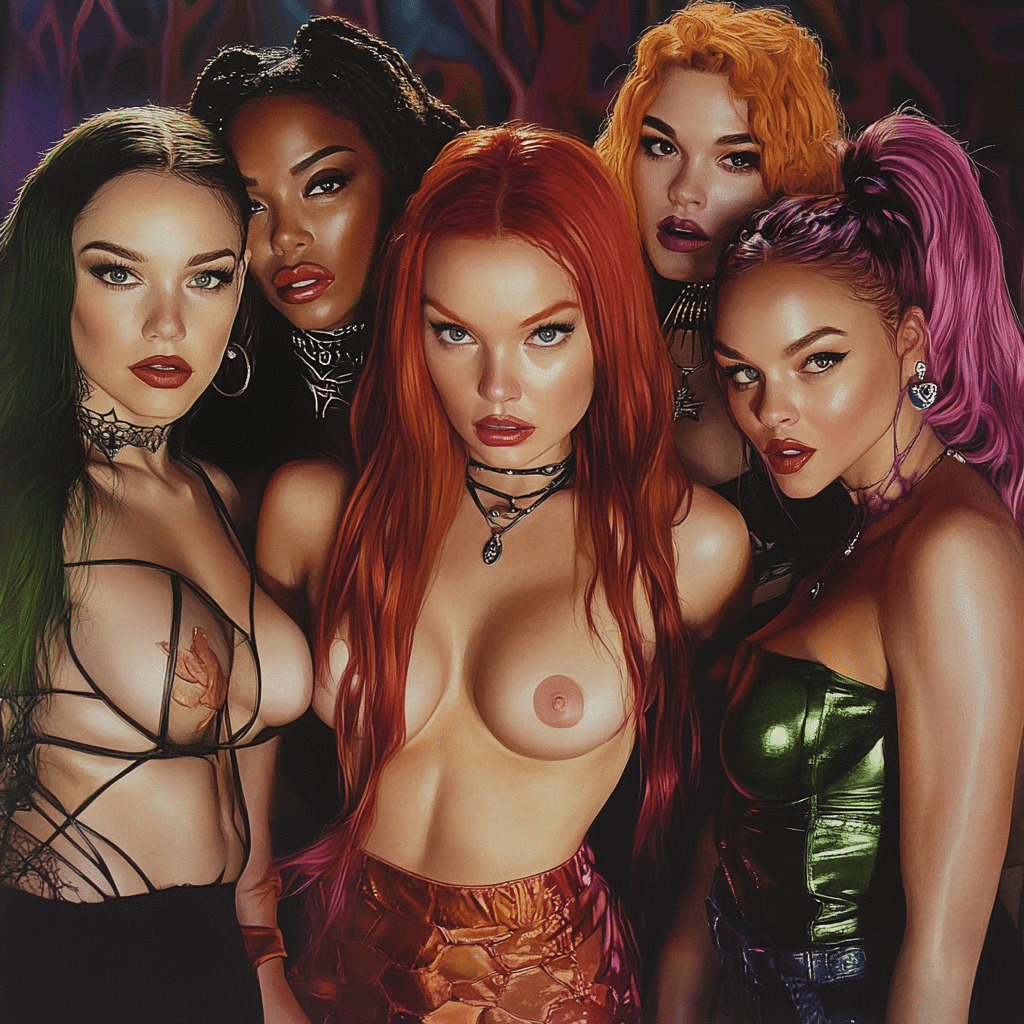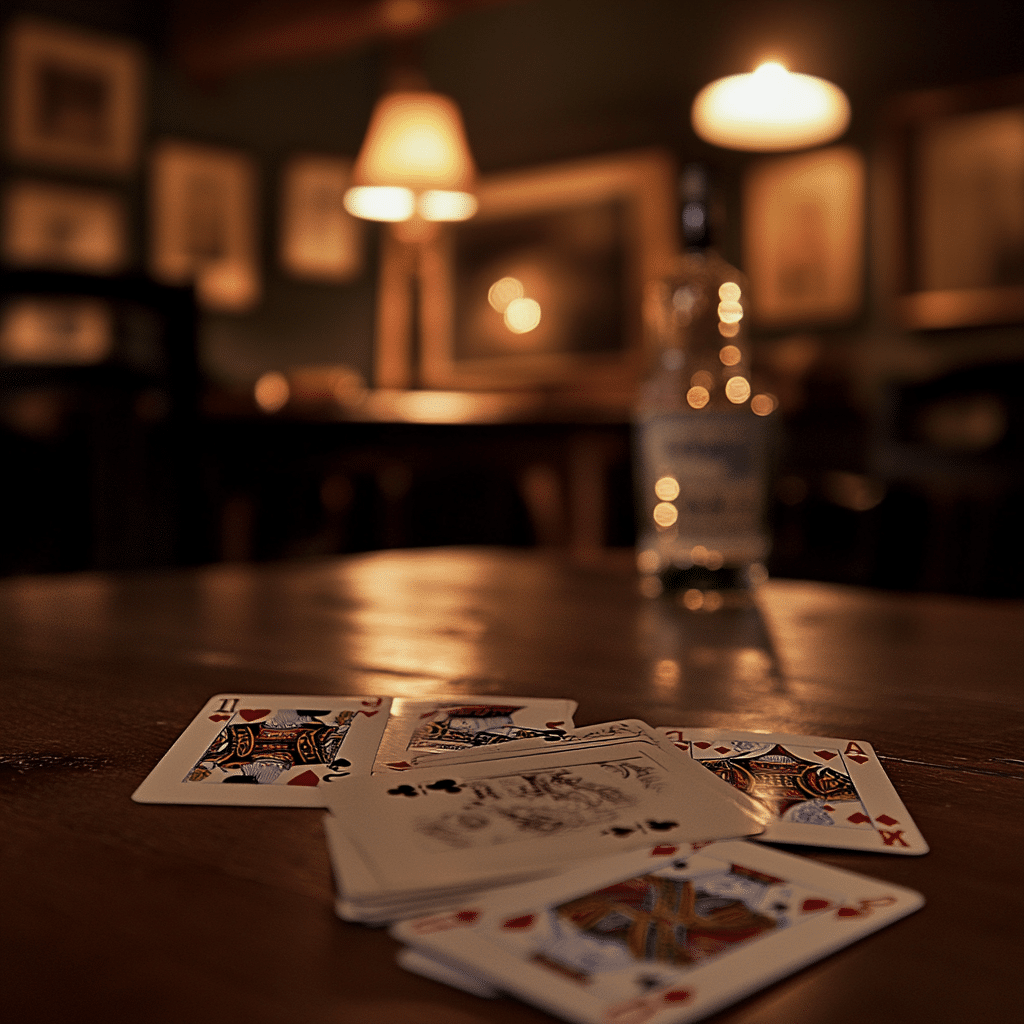Thanksgiving Dark History: The Hidden Truths and Suffering Behind the Celebration
As the season of turkey and cranberry sauce approaches, many eagerly prepare for joyous family gatherings, unbounded feasts, and time-honored traditions. However, beneath the veneer of festive cheers lies the Thanksgiving dark history, a tale profoundly entwined with conflict, colonization, and the suffering of Indigenous peoples. It’s time to untangle those fibers and explore the often-ignored truths about this iconic holiday. With the fervor of a fashionista spotting an exquisite Fascinator, let’s dive deep into the historical narrative that has long been sanitized and overlooked.
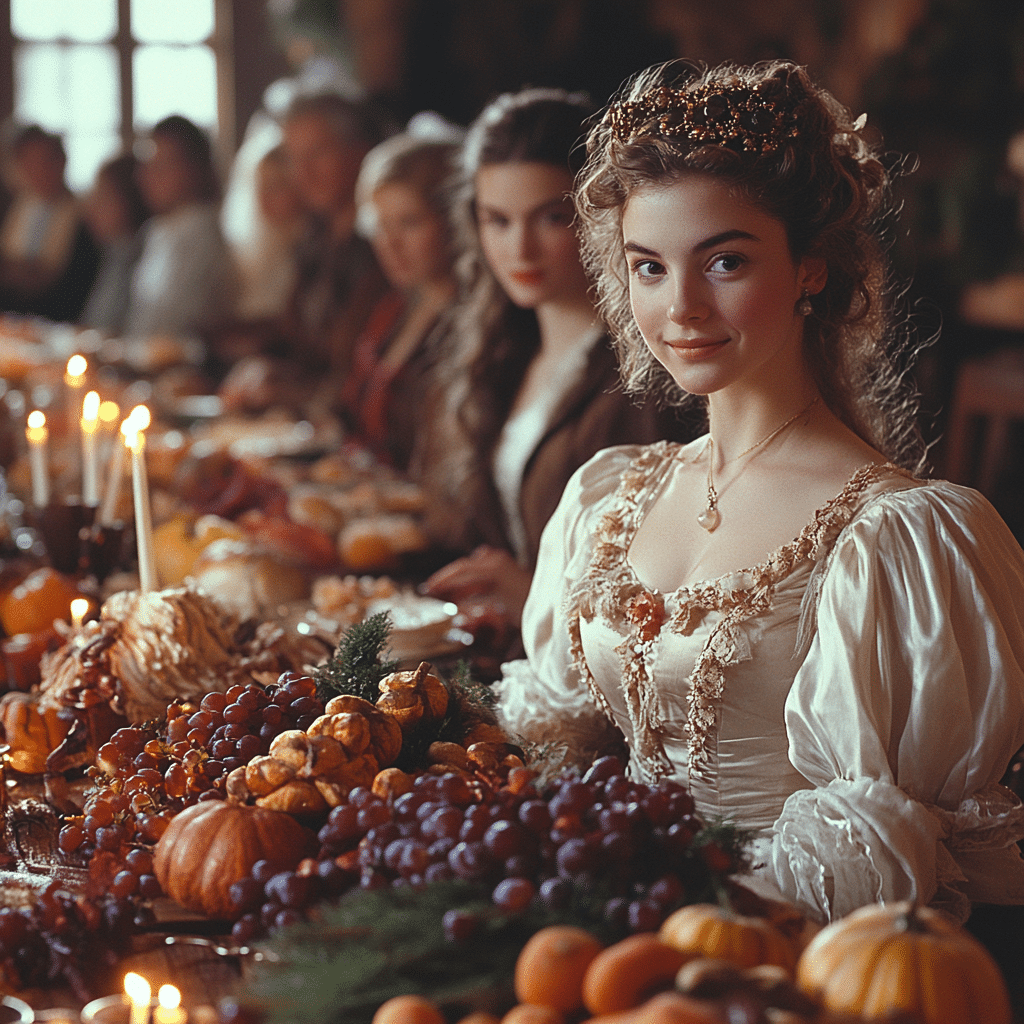
1. The Thanksgiving Dark History: Unveiling the Myths
Conveniently and contentedly, we’ve been spoon-fed a story of settlers and Native Americans breaking bread—an idyllic scene where friendship flourished. Yet, in reality, this narrative starkly contrasts the turmoil that most Indigenous communities faced. The so-called “First Thanksgiving” in 1621, celebrated by the Pilgrims and the Wampanoag tribe, glosses over the horrors that soon followed, including loss of life, culture, and homelands due to colonization.
The Wampanoag people aided the struggling Pilgrims by teaching them agricultural techniques essential for survival. However, as the settlers thrived, the repercussions for the Wampanoag were devastating. They suffered from disease, violence, and displacement, which laid the groundwork for a dark chapter in American history. Unpacking the Thanksgiving dark history reveals a much more somber reality than the festive scene painted in our holiday cards. This isn’t merely the past. It’s today’s call to acknowledge and reconcile with the aftermath of colonization.
2. Top 5 Facts About Thanksgiving Dark History That Reveal the Struggles of Native Peoples
1. The Wampanoag Perspective
The Wampanoag tribe is pivotal in the Thanksgiving narrative, and yet their truth nearly vanishes from our collective memory. After 1621, they faced numerous challenges, including devastating diseases unleashed by European settlers. This encounter ultimately decimated the tribe, stripping them of their culture and resources.
2. Genocide and Land Dispossession
The question remains: why do we celebrate a holiday rooted in genocide? As European settlers expanded their territories, they systematically displaced Native Americans, leading to a spate of violence and untold suffering. The sheer scale of the Thanksgiving dark history reveals a stark contrast to the gratitude expressed at our tables.
3. Thanksgiving as a Day of Mourning
For many Indigenous peoples, Thanksgiving is not a day of celebration but a National Day of Mourning. Each year on the fourth Thursday in November, they gather to remember the injustices faced by their ancestors. This profound act underscores the need to recognize the sacrifices entwined with the holiday’s narrative.
4. Historical Erasure in Education
It’s striking how Thanksgiving is portrayed in American schools—as a cozy tale of sharing and feasting. Instead of fostering a real understanding of Native history, educators often skip over the inconvenient truths. This disconnect perpetuates ignorance and a lack of empathy for ongoing Indigenous struggles.
5. Modern Activism and Awareness
Amid the dark history, contemporary Indigenous movements aim to reclaim their narratives. Initiatives such as the Reformation Sale demonstrate a powerful approach, redirecting profits toward Indigenous causes, and raising awareness about cultural significance lost in consumerism. A little awareness goes a long way, folks!
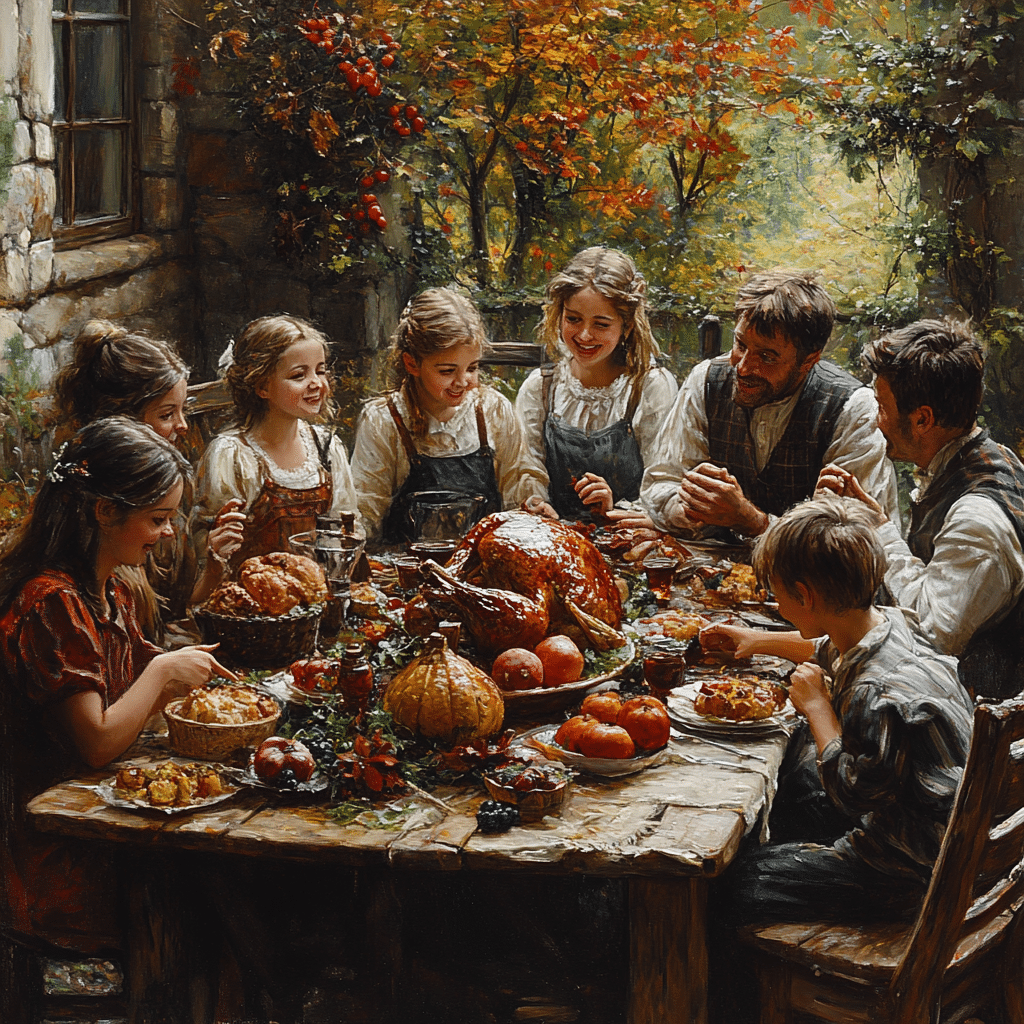
3. The Makeup Advent Calendar: Consumerism vs. Culture
As we tumble into the holiday season, the allure of makeup advent calendars takes center stage. Brands like Sephora and Ulta have capitalized on this trend, yet, isn’t it a tad ironic? With the spirit of gratitude in the air, we find ourselves often prioritizing materialistic pursuits. This shift reflects how contemporary society moves away from acknowledging the Thanksgiving dark history, morphing into an era dominated by consumer culture.
The luxurious excitement associated with beauty products can overshadow deeper cultural conversations we should be having. Instead of cherishing connections with family and understanding our heritage, we’re glued to the latest makeup trends. So, as we scroll through adorable cute pajama Sets, let’s also take a moment to reflect on what the holiday truly signifies.
4. The Cultural Significance of Sweat Tours: A Reflection on Resilience
Amid the glitz and glamour emerges a stark reminder of ongoing struggles—the sweat tour. These tours unveil the stories of hard labor and resilience within marginalized communities, including Native Americans. They juxtapose beautifully with the festivity surrounding Thanksgiving, reminding us of the hidden labor behind what we celebrate.
When you sit down with family, picture the unrecognized contributions of those who worked tirelessly—be they in fields, kitchens, or storefronts. These tours serve as poignant reminders of the labor that fuels our celebrations, revealing the broader implications of our holiday gatherings.
5. Vintage Perspectives: L Train Vintage and the Transformative Power of History
Vintage stores like L Train Vintage in Brooklyn offer more than just a shopping experience. They transport us to different eras, showcasing artifacts that provoke conversations about culture and identity. By engaging with fashion history, we can confront uncomfortable truths surrounding appropriation and understand how the Thanksgiving dark history interplays with our current narratives.
Each piece tells a story, inviting reflection on the past—a powerful tool for catalyzing change in our consumerist mindset. Amidst the vibrant colors and patterns, there’s a chance to acknowledge the rich cultures that have influenced fashion throughout the ages.
6. Grande Lash Serum and the Beauty Standard: Reflecting on Cultural Appropriation
In our quest for beauty, products like Grande Lash Serum tap into societal ideals of allure while often sidelining Indigenous aesthetics. The beauty industry has a marvelous way of erasing the complex standards of beauty that exist among Indigenous peoples. It commodifies their cultural symbols without proper recognition or respect—an unsettling reality we need to address.
This parallels our discussions around Thanksgiving. Beauty trends can inspire confidence, yet they may simultaneously misrepresent and commercialize rich cultural heritage. Balancing empowerment with respect is a tightrope walk we must navigate in today’s world.
7. The Fourth Wing Series: Narratives of Resistance
The Fourth Wing Series encapsulates the essence of resilience through stories that resist the sanitized narratives of colonization. These narratives are vital for recasting the Thanksgiving story into one that honors the struggle and perseverance of Indigenous peoples. Through literature, we can amplify Indigenous voices, offering a vital counterpoint to traditional accounts.
Storytelling serves as a powerful vehicle for reclaiming history and framing our collective future. In this age of activism, embracing these narratives invigorates our cultural dialogue and fosters a sense of unity and understanding.
Closing Thoughts: Beyond the Feast
As Thanksgiving approaches, the breadth of its significance unraveled through its Thanksgiving dark history cannot be ignored. Acknowledging its complexities paves the way for more profound dialogue about gratitude, respect, and cultural narratives. Let’s move beyond mere celebration to foster engagement with the past, embarking on a journey of acknowledgment and reconciliation.
In our quest for meaning this season, remember the layers of history entwined with our traditions. By integrating awareness and understanding into our celebrations, we can evolve from simple feasting to forming meaningful connections that honor all dimensions of our shared landscapes. So let’s raise our glasses—filled not just with cider, but with the intention of honoring those who came before us. Cheers to a more inclusive and respectful approach to Thanksgiving!
Thanksgiving Dark History: Exposing Hidden Truths
The Roots of Tradition
Thanksgiving is often seen as a cozy family gathering, filled with turkey, pumpkin pie, and football games. Yet, the thanksgiving dark history paints a much different picture. The holiday has historical ties to violence and suffering, particularly for Indigenous peoples in North America. Many view the early Pilgrims’ feast as a celebration of coexistence. However, it’s a bittersweet truth that preceded this meal was a landscape marked by conflict and loss. While some might prefer to gloss over these historical complexities, it’s crucial to acknowledge their impact on culture, especially when considering figures like Richard Spencer, who manipulate narratives for their own agendas.
Under the Surface
Digging deeper into the thanksgiving dark history, we uncover the harsh realities faced by Native American communities upon European contact. The story of the first Thanksgiving doesn’t end with a peaceful harvest celebration. Rather, it began a long history of colonization, displacement, and suffering, often forgotten in mainstream narratives. Fun fact: Many Native American tribes viewed the Pilgrims’ arrival as an inciting incident leading to significant and often tragic changes in their way of life. In today’s world, community initiatives are working especially hard to educate the public, much like organizations Building a better life strive to uplift struggling communities with awareness and support.
Remembering Through Modern Culture
Interestingly, elements from this thanksgiving dark history seep into modern entertainment and social media. For instance, the eerie themes presented in shows like the cast of The Haunting of Bly Manor sometimes serve as metaphors for historical trauma that echoes through generations. On a lighter note, humor often finds a way to process painful histories; just consider how popular culture often revives trends like the snake meme during significant events, even Thanksgiving. Such memes can prompt us to reflect, even if just for a chuckle, on the deeper issues that linger around this celebrated holiday.
In conclusion, while Thanksgiving may initially seem a cheerful occasion, its darker origins demand our attention. It’s through understanding this thanksgiving dark history that we can foster a more inclusive narrative, recognizing the suffering while still cherishing our shared moments of gratitude—like celebs Ryan Gosling and Eva Mendes enjoying the holiday with their kids. So, let’s raise a toast not just to the turkey, but to all stories—past and present—that shape our collective experience.
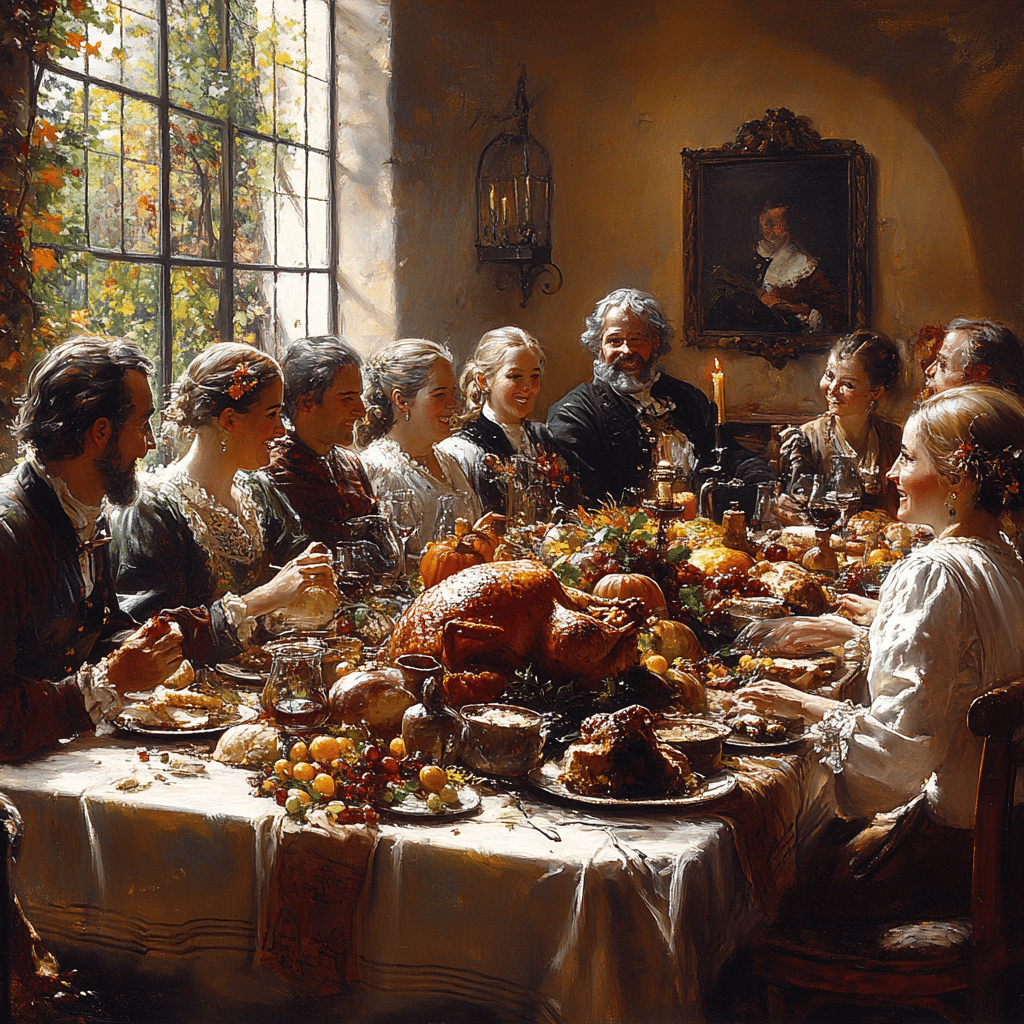
What is the real story behind Thanksgiving?
Thanksgiving started in 1621 when colonists and Native Americans came together to celebrate a successful harvest, but it’s important to remember the complicated history that followed, including the impacts of colonization on Indigenous peoples.
What is Thanksgiving Black History?
After the Civil War, Thanksgiving took on new meaning for many African Americans as a day of gratitude for freedom, often celebrated in Black churches where themes of faith and family took center stage.
How do Native Americans feel about Thanksgiving?
For some Native Americans, Thanksgiving is a National Day of Mourning, where they reflect on the injustices faced by their ancestors and call for a greater understanding of the historical impacts of colonization.
What did the Pilgrims do to the natives after Thanksgiving?
After the first Thanksgiving, the Pilgrims continued to push Native Americans off their lands, contributing to a cycle of such violence and exploitation that severely impacted Indigenous populations.
What is the mystery behind Thanksgiving?
The mystery surrounding Thanksgiving often refers to the myths that have developed over time, obscuring the true history of interactions between colonists and Native Americans and the aftermath of European settlement.
Did the Pilgrims really eat turkey on Thanksgiving?
While it’s commonly believed that turkey was part of the first Thanksgiving meal, accounts suggest that other foods, like venison and shellfish, were also likely on the table, making the menu a bit of a mystery.
Why is it called Black Friday Thanksgiving?
Black Friday refers to the shopping frenzy after Thanksgiving, where stores often see lots of sales, and “black” signifies businesses moving from the red (loss) to black (profit) on their financial ledgers.
What do Africans do for Thanksgiving?
In African cultures, Thanksgiving might include expressing gratitude through various communal meals and ceremonies, although the specifics vary widely among different regions and traditions.
Why was Thanksgiving changed?
Thanksgiving changed in the 19th century as it became a national holiday, partly because of efforts by people like Sarah Josepha Hale, who campaigned for it to be celebrated on the last Thursday in November.
Do Jews celebrate Thanksgiving?
Many Jews celebrate Thanksgiving as a secular holiday, emphasizing gratitude and family, often incorporating traditional Jewish foods into their meals.
What to say instead of happy Thanksgiving indigenous?
Instead of saying “Happy Thanksgiving,” some Indigenous people prefer phrases that recognize the holiday’s complex history, focusing on remembrance and awareness of ongoing struggles.
What is the real meaning of Thanksgiving in Christianity?
Thanksgiving in Christianity often symbolizes thankfulness to God for His blessings and bounty, with many Christian families incorporating prayers and gratitude into their celebrations.
What is the true story of Thanksgiving?
The true story reflects a mix of celebration and sorrow, starting with the intermingling of cultures during the first thanksgiving but also acknowledging the pain and displacement that followed for Native Americans.
What disease did the Pilgrims give to the natives?
The Pilgrims inadvertently spread diseases like smallpox among Native Americans, who had no immunity, leading to devastating outbreaks.
Do the Wampanoag still exist?
The Wampanoag people still exist today, actively preserving their culture and traditions while engaging with their history and contemporary issues.
What does Thanksgiving mean historically?
Historically, Thanksgiving symbolizes both gratitude for harvests and the complexities of colonialism, serving as a reminder of the diverse narratives surrounding this holiday.
What happened to the slaves on Thanksgiving?
During Thanksgiving, many enslaved people would often work for their enslavers, and the day didn’t hold the same meaning of celebration as it did for their enslavers.
What is the African Thanksgiving called?
African Thanksgiving is celebrated in various ways across the continent, often as a time for communal gatherings, harvest festivals, and expressing gratitude, with each culture having its own distinct practices.
What role did Thanksgiving play during the Civil War era?
Thanksgiving brought a sense of unity and reflection during the Civil War, with President Lincoln declaring it a national holiday in 1863, hoping to foster healing within a divided nation.
What is the story behind the turkey for Thanksgiving?
The turkey became associated with Thanksgiving likely because of its availability and size, making it a fitting centerpiece for large meals and family gatherings.
What is the real meaning of Thanksgiving in Christianity?
Instead of wishing someone a “Happy Thanksgiving,” Indigenous people might prefer a more reflective greeting that honors the experiences and histories of their communities.


